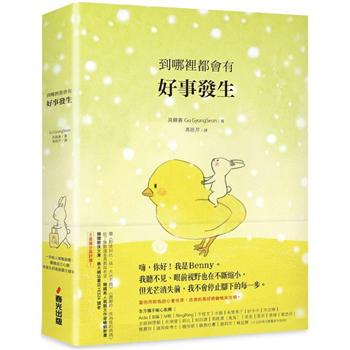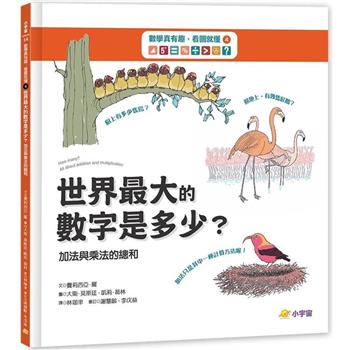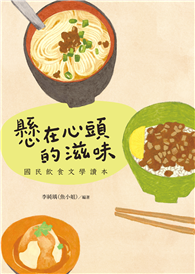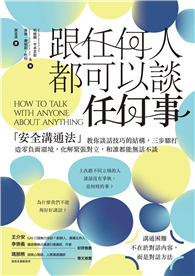Between 1919 and 2011, the president of Ireland was a married person. Yet, there is no reference to the president’s family in the 1937 Constitution. Beyond media curiosity, public discussion and scholarly interest in the wife or husband of the president is surprisingly rare. This study recreates the public and private lives of Irish presidential spouses including Maud Griffith, Louisa Cosgrave, Phyllis Úi Cheallaigh, Sinéad de Valera, Rita Childers, Máirín Ó Dálaigh, Maeve Hillery, Nick Robinson and Martin McAleese. Following an examination of the role of the wife of the viceroy, the work focuses on how the experience of being the wife or husband of a president affected the individual’s personal life, their ambitions, and expectations. They did not have guidelines or prescriptive advice on how to behave in office, except for the practices of previous incumbents, perhaps international models, their own view of public service and guidance from civil servants. The study explores the idea that while the incumbents seem to have had little in common except that their husbands or wives held the same post, there were common threads in their backgrounds and lives. Each individual had a sense of duty and held a concept of public service which evolved in different ways. The study explores whether the spouse of the president should be accorded greater respect and status, and an acknowledgment of their place in the institution of the presidency
| FindBook |
有 1 項符合
Irish First Ladies and First Gentlemen, 1919-2011的圖書 |
 |
Irish First Ladies and First Gentlemen, 1919-2011 作者:Whelan 出版社:Cork University Press 出版日期:2024-04-05 語言:英文 規格:精裝 / 584頁 / 普通級/ 初版 |
| 圖書館借閱 |
| 國家圖書館 | 全國圖書書目資訊網 | 國立公共資訊圖書館 | 電子書服務平台 | MetaCat 跨館整合查詢 |
| 臺北市立圖書館 | 新北市立圖書館 | 基隆市公共圖書館 | 桃園市立圖書館 | 新竹縣公共圖書館 |
| 苗栗縣立圖書館 | 臺中市立圖書館 | 彰化縣公共圖書館 | 南投縣文化局 | 雲林縣公共圖書館 |
| 嘉義縣圖書館 | 臺南市立圖書館 | 高雄市立圖書館 | 屏東縣公共圖書館 | 宜蘭縣公共圖書館 |
| 花蓮縣文化局 | 臺東縣文化處 |
|
|
圖書介紹 - 資料來源:博客來 評分:
圖書名稱:Irish First Ladies and First Gentlemen, 1919-2011
King of Kings: The Iranian Revolution: A Story of Hubris, Delusion and Catastrophic Miscalculation
Who’s Afraid of the Big, Bad Jew: Learning to Love the Lessons of Jew-Hatred
Theatres of the Body: Dance and Discourse in Antebellum Philadelphia
Theatres of the Body: Dance and Discourse in Antebellum Philadelphia
Russian Warfare in the 21st Century: An Incentive-Opportunity Intervention Model
Stranger-Kingship in Antiquity
Latin America and the World’s Fairs, 1867-1939
Recipe for Death: The Erin Patterson Story
Ghost Nation: The Story of Taiwan and Its Struggle for Survival
The Cambridge Companion to Marcus Aurelius’ Meditations
Who’s Afraid of the Big, Bad Jew: Learning to Love the Lessons of Jew-Hatred
Theatres of the Body: Dance and Discourse in Antebellum Philadelphia
Theatres of the Body: Dance and Discourse in Antebellum Philadelphia
Russian Warfare in the 21st Century: An Incentive-Opportunity Intervention Model
Stranger-Kingship in Antiquity
Latin America and the World’s Fairs, 1867-1939
Recipe for Death: The Erin Patterson Story
Ghost Nation: The Story of Taiwan and Its Struggle for Survival
The Cambridge Companion to Marcus Aurelius’ Meditations
|









